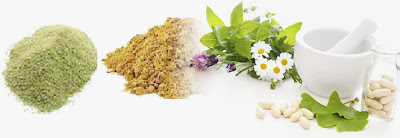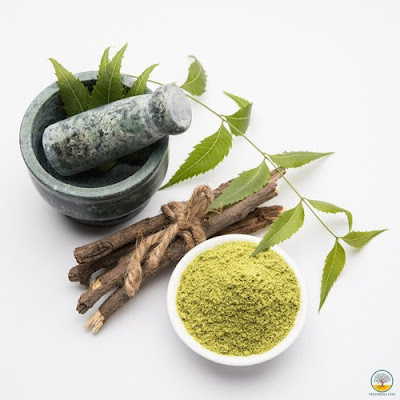The process of spray drying powder
is used to dehydrate fluid or solid materials that are mixed with water. The
main reason for using the spray drying process is because most of these
materials have a short shelf life. Spray drying can reduce the water content in
the product to less than 5% maintaining its nutritional value and also
preserving its colour and flavour. The technique is also commonly used to
sterilize vaccines and bacteria cultures that come in liquid form and can’t be
stored for a long time.
There are many advantages to the
spray drying process, including:
Catechin Spray Drying Powder by the Catechin Spray Drying
Powder Supplier & Manufacturer In India is a major breakthrough in
nutraceutical manufacturing as we know it. This breakthrough is due to the
process of spray drying that dehydrates material mixed with water, at a
temperature of less than 100 degrees Celsius.
1. Thicker Spray Drying Layer:
Catechin concentrate produces an
incredibly thick layer during spray drying, which leads to many advantages in
the production process and final product quality. First, a thick spray drying
layer ensures that the powder remains as an integral unit during pressure
filling into capsules or tablets. Second, the higher viscosity produced by
Catechin concentrate results in smaller pores which can enhance shelf-life.
Thirdly, it lessens the dusting problem and thus makes it easier to handle and
weigh accurately.
2. Improved Fluid Consumption:
Compared with the conventional spray
drying process, Catechin concentrate requires 25% less coconut oil, thereby
saving more on manufacturing processes and reducing production cost. The lower
consumption of coconut oil also means that spray dried products derived from
Catechin concentrate are free from any contamination by solvent compounds used
in the production process. This is critical in applications where solvent
residues are not tolerated (e.g., drugs, supplements).
3. Enhanced Surface Activity:
Catechin concentrate shows a greater
reduction in surface tension compared to other spray dried materials, which
means it interacts more readily with water molecules and enhances fluidity
during tablet filling or capsule filling.
4. non-Agglomerating:
Catechin concentrate is a
non-agglomerating material, which means it has a lower tendency to bunch up in
powder form. This is important when handling the material and can reduce
dusting problems during production processes. Catechin concentrate has a lower
specific gravity compared to other materials. This results in reduced bulk
volume for transportation, which not only reduces cost but also enables the
material to be moved using less manpower or machinery.
5. Low Solvent Content:
The spray drying process is
typically combined with an atomization step during production of spray dried
powders. Due to this combination, lower solvent content is produced during
spray drying. This enables the manufacturers to meet stringent requirements set
by regulators for solvent residues in dietary supplements, food and
pharmaceuticals products where Catechin concentrate powder may be used.
6. Extended Shelf Life:
Catechin concentrate has a
significantly longer shelf life compared with other spray dried materials. This
is due to the spray drying process which results in smaller pores, further
extending shelf life.
7. Nutritional Value:
Catechin concentrate contains around
65% polyphenols and 45% Catechins (total referenced as catechin & epicatechin)
according to Catechin Spray
Drying Powder Supplier & Manufacturer In India. In addition, it has high levels of
other constituents such as chlorogenic acids, ruin, gallic acid and epicatechin
gallate. These compounds are responsible for the natural antioxidant effects of
Catechin concentrate. The result is a high-quality material that can be used in
dietary supplements at a high dosage level due to its nutritional value.








